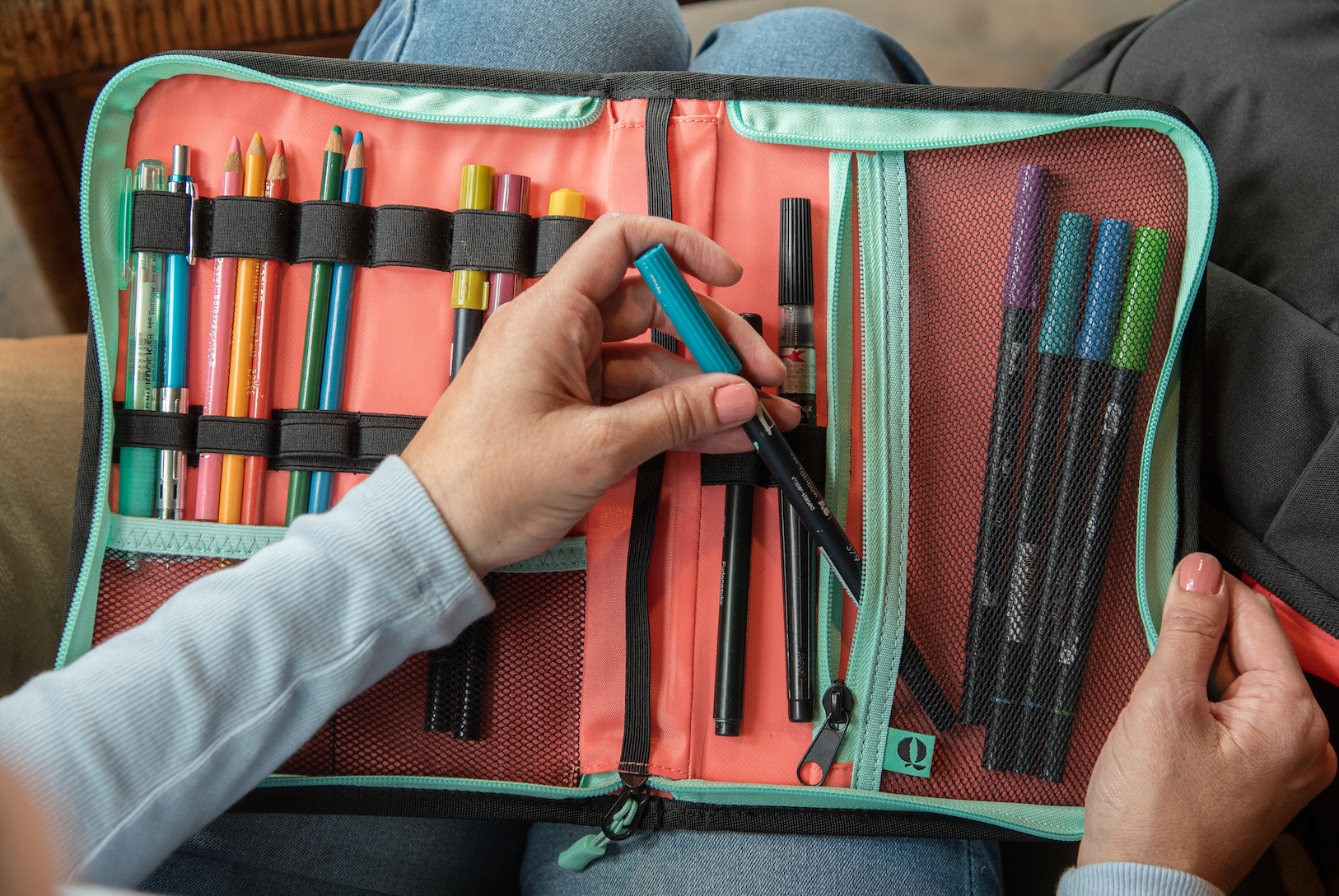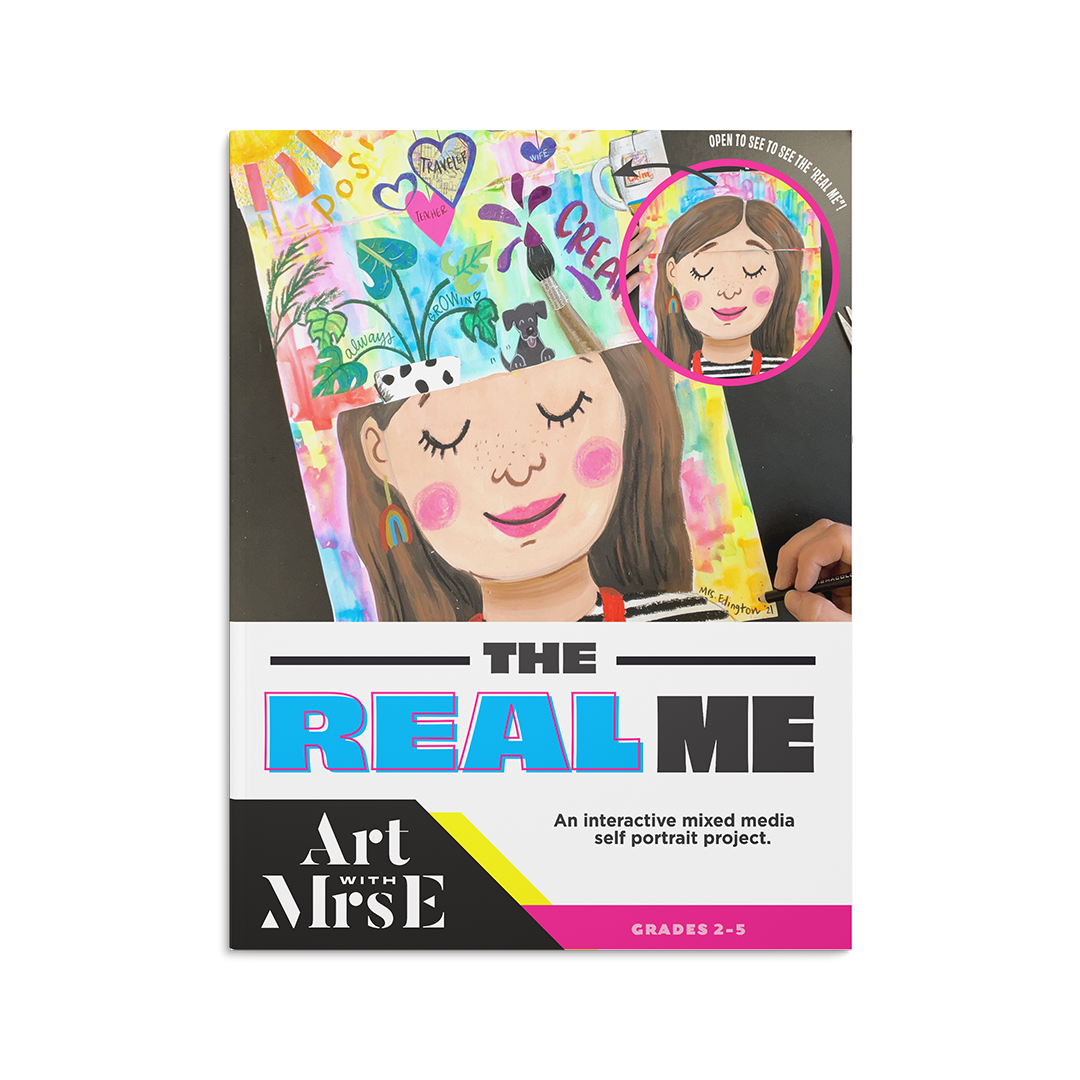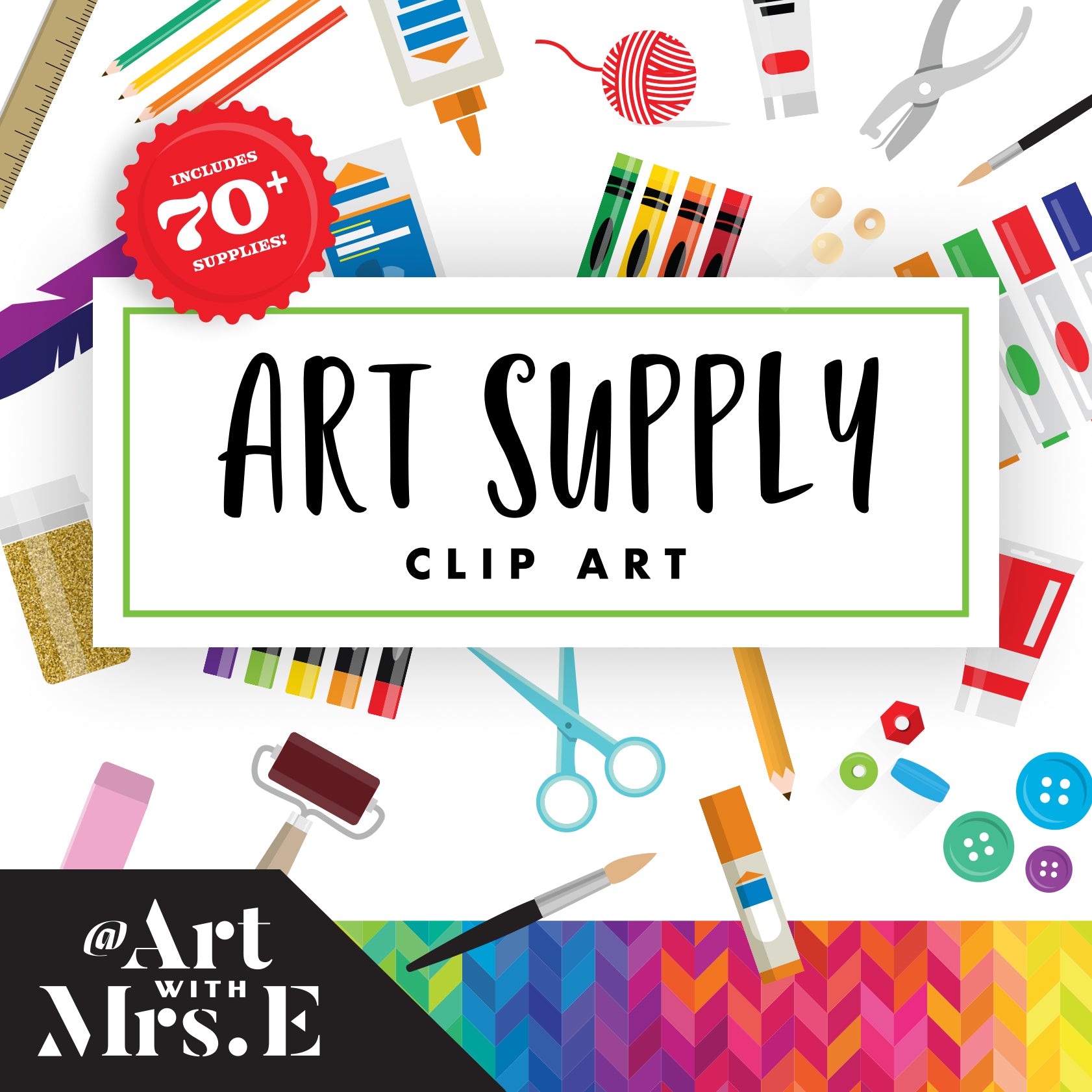
hello young and naive Kaitlyn in 2008! 👋
Starting your first year as an art teacher is exciting, overwhelming, and—let’s be honest—a little terrifying. Looking back, there are so many things I wish someone had told me before I stepped into my first classroom. While I wouldn’t trade the lessons I learned through experience, I hope these tips make your journey a little smoother as you begin your first year teaching art.
1. Relationships Over Rigor

"If your students don’t know that you care, they won’t care what you know".
I will never forget my Induction teacher telling us that quote when I first walked into my Induction class way back in 2008. She told us to not even think about touching teaching content for the first month, and instead just focus on building relationships with our students. A month? That seemed like forever! But looking back, let me tell you- it was the best advice I ever received.
It’s okay to slow down, start simple, and ease into the year. Use those first weeks to get to know your students, learn their names, find out their interests, and establish trust. You can always increase the rigor later, but the relationships you build now will be the foundation for everything else you do in your classroom.
2. Classroom Management is King

I’ll be honest, it took me until my third year of teaching to really feel confident in my classroom management. And that’s normal! There is SO much of it is trial and error that goes into figuring out what classroom management system will work for you and your students. You may try one system and realize it’s just not working and decide to scrap the whole thing mid way through the year (yep-been there). Don’t be afraid to start over and reestablish procedures and systems if you need to. The important thing is to keep refining your approach until you find what works for you and your students.
One of the most powerful—and budget-friendly—tools in your classroom toolkit is positive reinforcement. Consistent praise and encouragement can transform your art room into a space where students feel confident, recognized, and motivated to create. You don’t need to splurge on fancy rewards to make a meaningful impact. Easy, low-cost ideas like choosing a daily “Art Star” or hosting a face‑painting day go a long way—and are adored by students. In one teacher’s experience, letting a student earn face painting at the end of the quarter became a celebrated (and free!) way to reinforce positive behavior and engagement.
Other fun, inexpensive incentives might include a handwritten note left on their desk, letting a student choose the next art prompt, or featuring their work in a special display. These gestures show students their effort matters and when they feel seen, they show up, try harder, and genuinely enjoying being in your class.
3. Meet Your Students Where They Are

Before you launch into a new unit, take time to see what your students actually know. A quick pre-assessment or simple warm-up activity can save you from the frustration of realizing halfway through a lesson that you’ve overestimated their skills. I’ll never forget my first year, planning an amazing lesson for my 5th graders, only to discover they had never been taught the foundational skills they needed to even begin. I had to scrap the plan and start from the very basics. No matter the age group, never assume students know how to do even the simplest tasks, like safely cutting with scissors or properly holding a paintbrush. Breaking down steps, modeling, and practicing together ensures that everyone can move forward with confidence and it creates a more inclusive, supportive classroom for all.
4. It's Ok to Take Things Slowwww
Repeat after me: It is not a race. It is not a competition.
One of the biggest mistakes I made in my early years was feeling like I had to rush into “real” projects right away—especially when I saw other teachers posting beautiful work online or sharing their packed lesson plans. Here’s the truth: taking time to build a strong foundation at the start of the year will serve you (and your students) so much better in the long run.
Those first few weeks are golden for teaching your routines, practicing procedures, setting expectations, and building relationships. You don’t need a hallway display on week one. You don’t need to introduce every medium right away. When you slow down and focus on quality over quantity, your students will feel more confident, your classroom will run more smoothly, and your projects will turn out stronger because your foundation is solid.
Give yourself permission to ease into the year, you’ll thank yourself later.
5. Start Simple with Supplies

Basics first, fancy stuff later. You don’t need to bring out every art supply you own in the first week (or even the first month). When you have less to prep, you’ll have more focus—which means a smoother class flow for you and your students.
Introducing fancy supplies—like oil pastels, clay, or printmaking tools—comes with an extra layer of trust and responsibility. Make sure you’ve established strong classroom management and clear routines before adding new materials into the mix. By pacing yourself, you’ll not only keep your sanity, but you’ll also build anticipation and excitement for students when those special supplies finally make their debut.
Final Thoughts:
Comparison is the Thief of Joy. My first art room in 2008 compared to my last art room in 2022. Both required all of my energy and dedication to create, be kind to yourself and know that you are doing an amazing job!


It’s easy to look at veteran teachers or scroll through social media and think you’re falling short. But here’s the thing—you’re seeing the highlight reel, not the behind-the-scenes. Those picture-perfect bulletin boards and flawless lessons? They often come from years of trial, error, and refinement. The truth is, you are what makes your classroom feel warm and loving. You are who your students are excited to see when they walk through the door—not your decor or a Pinterest-worthy setup. Your presence, your energy, and your care for your students matter far more than any perfectly styled classroom photo. Focus on building your classroom, your way. Growth takes time, and the best thing you can do for yourself (and your students) is to stay present, keep learning, and celebrate the win big and small, along the way.
Your first year will be a whirlwind. Some days will feel amazing, others will feel like you’re just trying to keep your head above water. That’s okay. Give yourself grace, stay flexible, and remember, every class is a fresh start. You've got this! ⭐️
Hugs,
Kaitlyn








